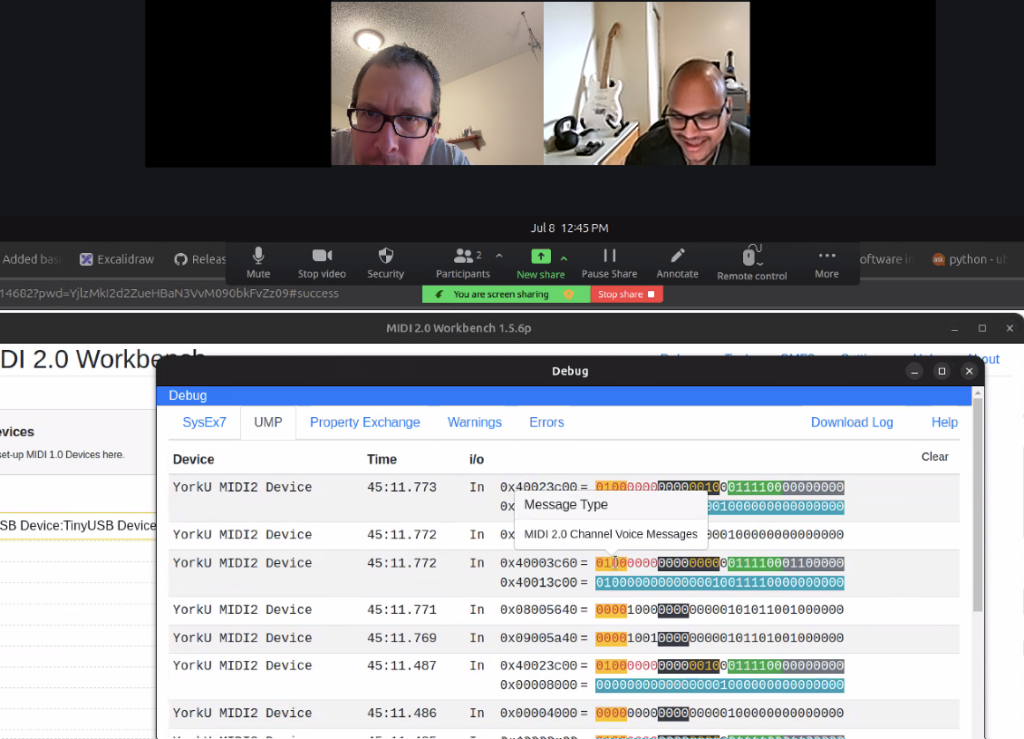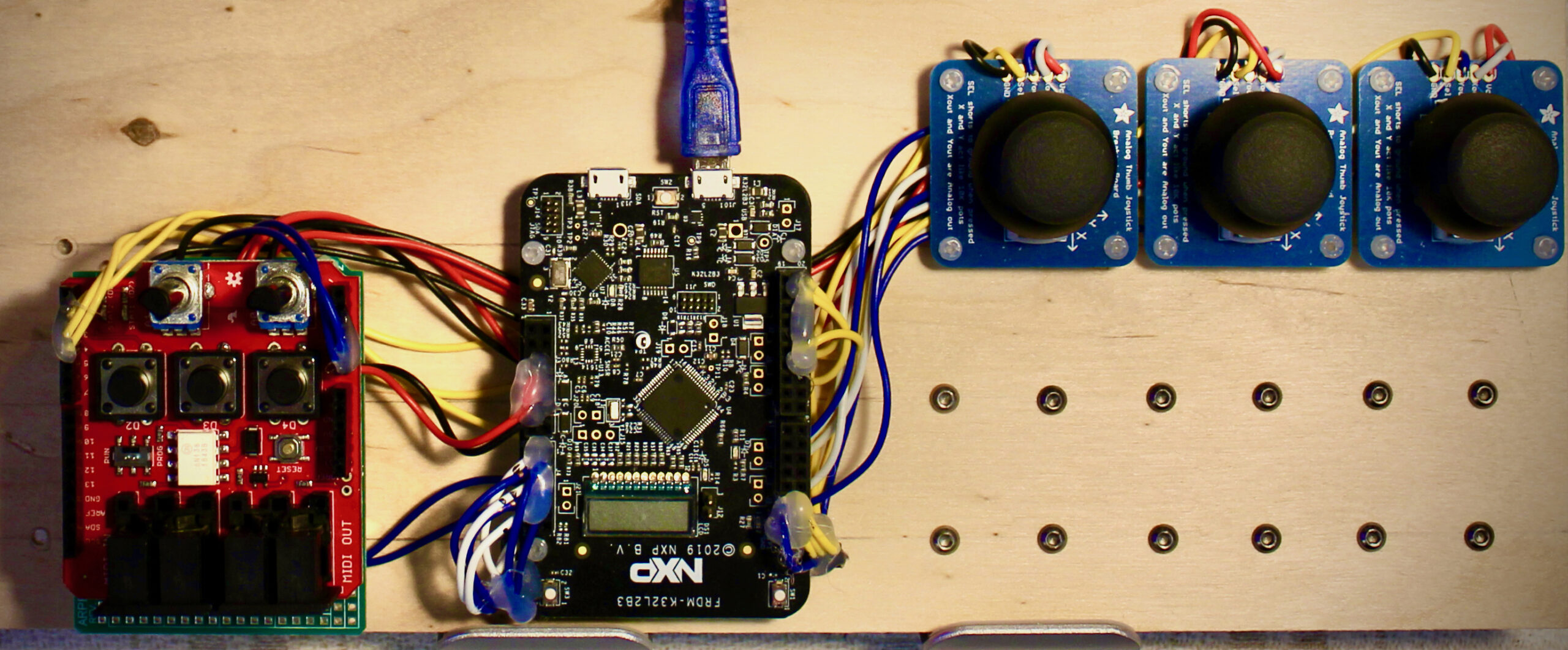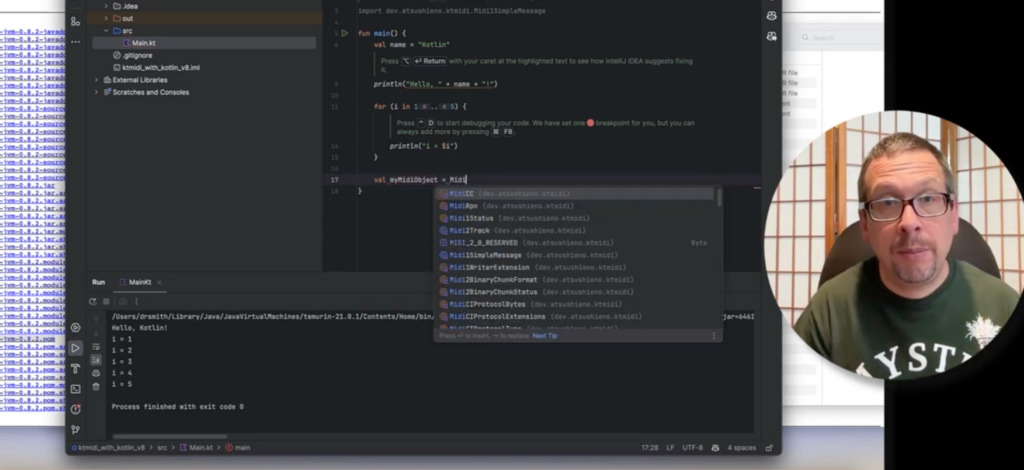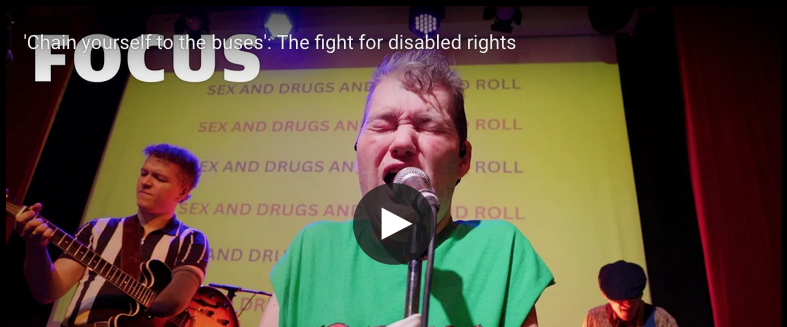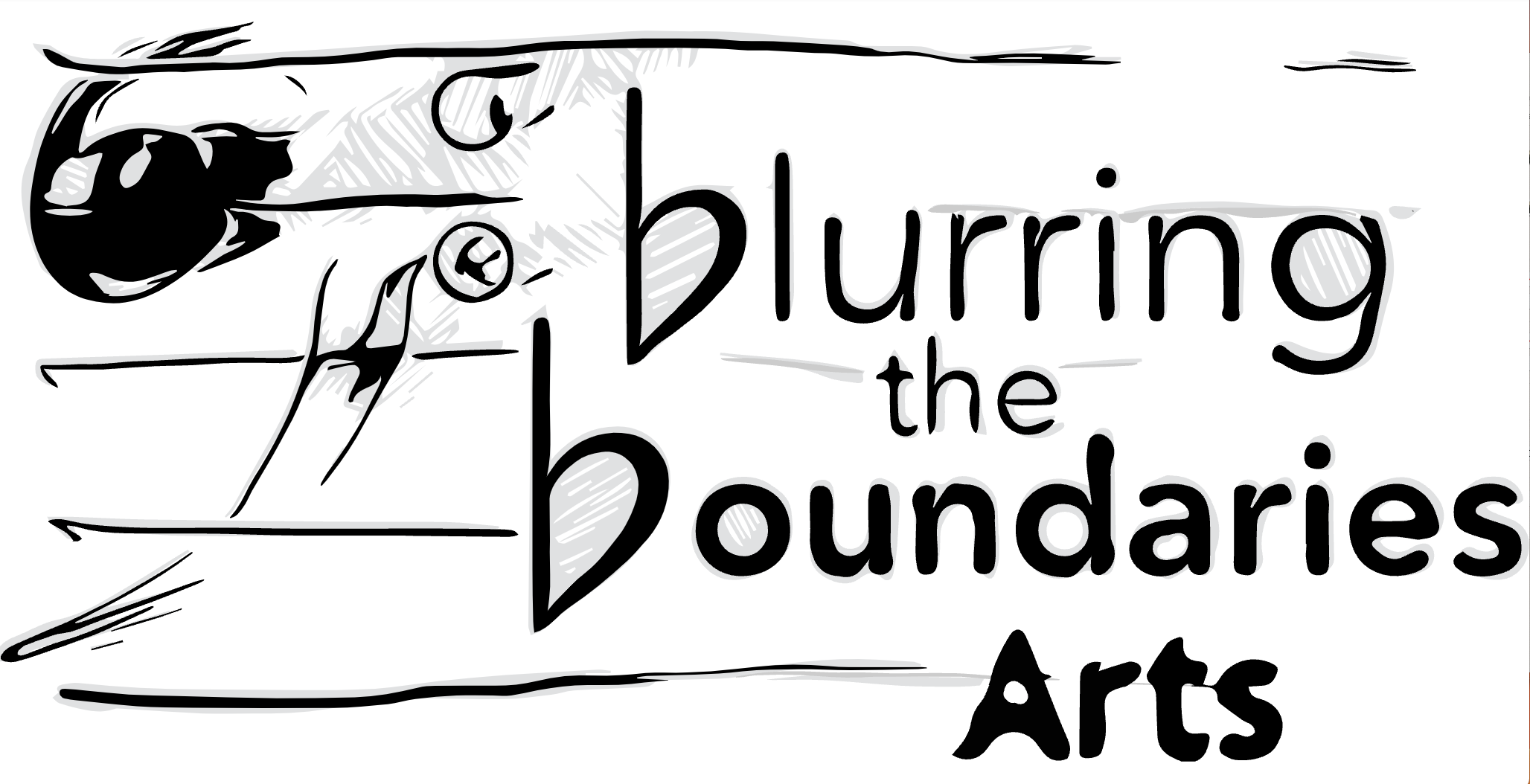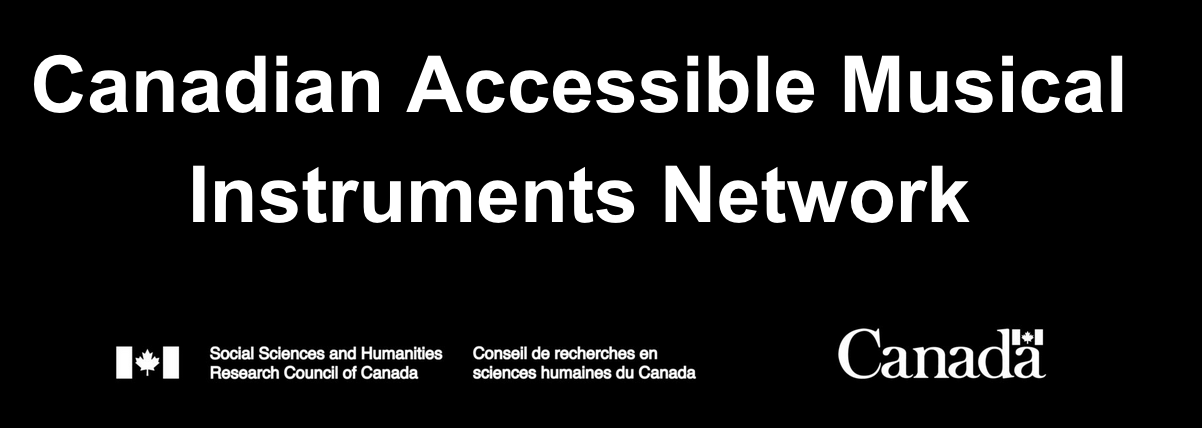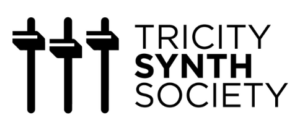Our MIDI 2.0 Environment project is a multi-phase project led by Dr. James Smith and the Lassonde team with support from Lassonde engineering student and RA, Mohaimen Hassan.
One goal of our project was to determine whether MIDI 2.0 musical instruments can be developed using off-the-shelf components, a single programming language, and an open-source communication library to serve as a model for the development of other MIDI 2.0 instruments, with an eye to the creation of bespoke instruments customized with disabled music makers, included stringed instruments that can leverage the affordances of MIDI 2.0 expanded protocols and capabilities.
This work has recently culminated in the SHETU prototype and has been submitted to the 2025 MIDI Innovation Awards.
The Shetu MIDI 2.0 controller is a research prototype designed to understand and respond to human actions. It can trigger and release individual notes and adjust each note’s pitch and sound pressure levels independently. Shetu uses USB to communicate with a Digital Audio Workstation on a personal computer and meets the MIDI-CI and UMP data requirements defined by the MIDI consortium. The Shetu’s hardware is designed with off-the-shelf parts, including an NXP K32-based board. Its software is programmed completely in C and is based on the TinyUSB and AmeNote ProtoZOA projects. Shetu’s use of a single programming language helps ensure its future portability to other microprocessors, thus providing us with the potential to rapidly prototype inclusive musical instruments for disabled musicians as part of our Designing Sound Futures (designingsoundfutures.org) and Building Access In Music Making (accessmusic.ca) research projects.
Smith and Hassan are liaising with the Re/Lab working group (Nolan, Thumlert, and System80) to further develop hardware and software interface/s. Nolan is currently on the MIDI 2.0 Disability Special Interest Group along with other members of the disability music community and major MIDI 2.0 corporate partners.
This and other related projects will broaden access to MIDI 2.0 configurations with the related aim of exploring possibilities of developing new controller interfaces for sound/music making tools and accessible instrument design using MIDI 2.0, and enabling wider communities (including disability communities) to design their own instruments and adaptive controllers using our MIDI programming customization tool
